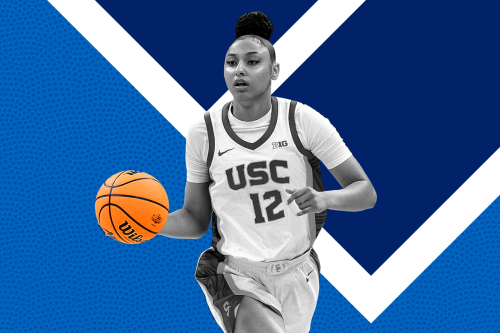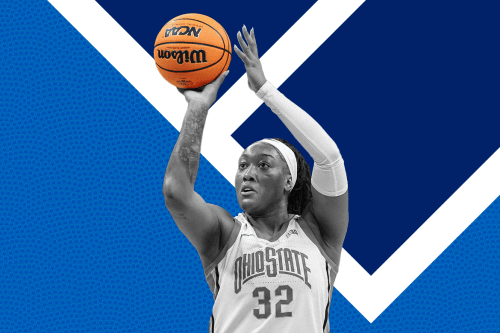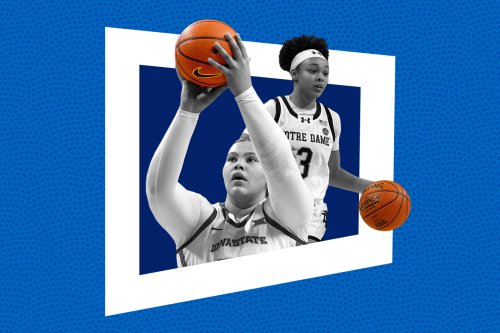Inclusivity wins: Starting in 2019, trans CrossFitters can compete in the category for the gender they identify as
CrossFit founder and CEO Greg Glassman announced that starting next year, trans athletes can compete in the division with which they identify. Here's why this is a long-awaited win for CrossFit LGBT inclusivity.

It’s well known that part of CrossFit’s massive appeal is its community, which is currently about 4 million people strong—or equivalent to the entire population of Los Angeles. Unfortunately though, despite its familial focus, the fitness organization failed to celebrate a certain segment of the general population (at least, in official policy) prior to this weekend: the trans* community.
However, amid the 2018 CrossFit Games, the organization took steps to include these athletes: CEO and founder Greg Glassman announced that transgender CrossFitters can compete in the 2019 season in whichever gender category they identify (as opposed to being forced to either not compete at all or compete as the sex assigned to them at birth). “This is the right thing to do. The most important thing that happens in a CrossFit box isn’t the resolution of who is the fittest. It’s the love, it’s the health, it’s the community. That’s what matters,” says Glassman.
Glassman’s announcement during a happy hour hosted by OUTWOD—the largest national initiative for bringing together LGBTQ+ athletes and their allies to WOD (or “workout of the day”) in a safe, inclusive fitness environment—comes months following the incident in which former legal researcher for CrossFit, Russell Berger, blatantly discriminated against the LGBTQ+ community by supporting an affiliate gym for canceling a Pride event.
Gold Medal Couple Tara Davis-Woodhall and Hunter Woodhall Talk Marriage, Motivation, and Their Next Chapter With Nike

Coach Kara Lawson Wants You to ‘Handle Hard Better’—and Here Are 3 Ways to Do Just That

JuJu Watkins Leaves March Madness With ACL Tear—and This Knee Injury Is More Common Than You Think

But long before those disgraceful goings-on during Pride month, LGBTQ+ athletes and allies have been disenfranchised by and vocally opposed to the CrossFit Games transgender policy. Back in 2014, Chloie Jönsson sued CrossFit HQ for $2.5 million, citing discrimination, intentional infliction of emotional distress and unfair competition after she was outed as trans* and informed she would have to compete in the men’s division despite having transitioned over a decade earlier. Ultimately, the case was settled out of court.
“I always loved CrossFit so much for how inclusive it felt,” Jönsson tells Them. “So when this all happened four years ago, it felt so divided. And now I’m hoping that it can all go back together again. I want it to feel like everyone is included, and everyone has the same opportunity,”
While the exact policies are still being metered out, the next edition of the CrossFit HQ Rulebook, released every December, should include the updates, says Will Lanier, founder and executive director of The OUT Foundation and OUTWOD, which also raises funds for LGBTQ+ organizations. Likely, this will mirror the International Olympic Committee’s established policies and guidelines. And once the specifics are announced and trans* athletes start competing, Lanier says OUTWOD will educate the greater CrossFit community regarding how to be respectful about names and pronouns, and to answer other questions people might have.
Hopefully, these efforts from CrossFit are a sign that trans* athlete inclusion in all sports and athletic competitions will pick up speed. CrossFit is proving itself as a trendsetter for LGBTQ+ inclusion, after all.
Here’s why CrossFit is the Starbucks of the fitness world. Or celebrate the LGBTQ community with Chromat’s empowering gender-nonconforming ethos.
Sign Up for Our Daily Newsletter
Get all the latest in wellness, trends, food, fitness, beauty, and more delivered right to your inbox.
Got it, you've been added to our email list.







